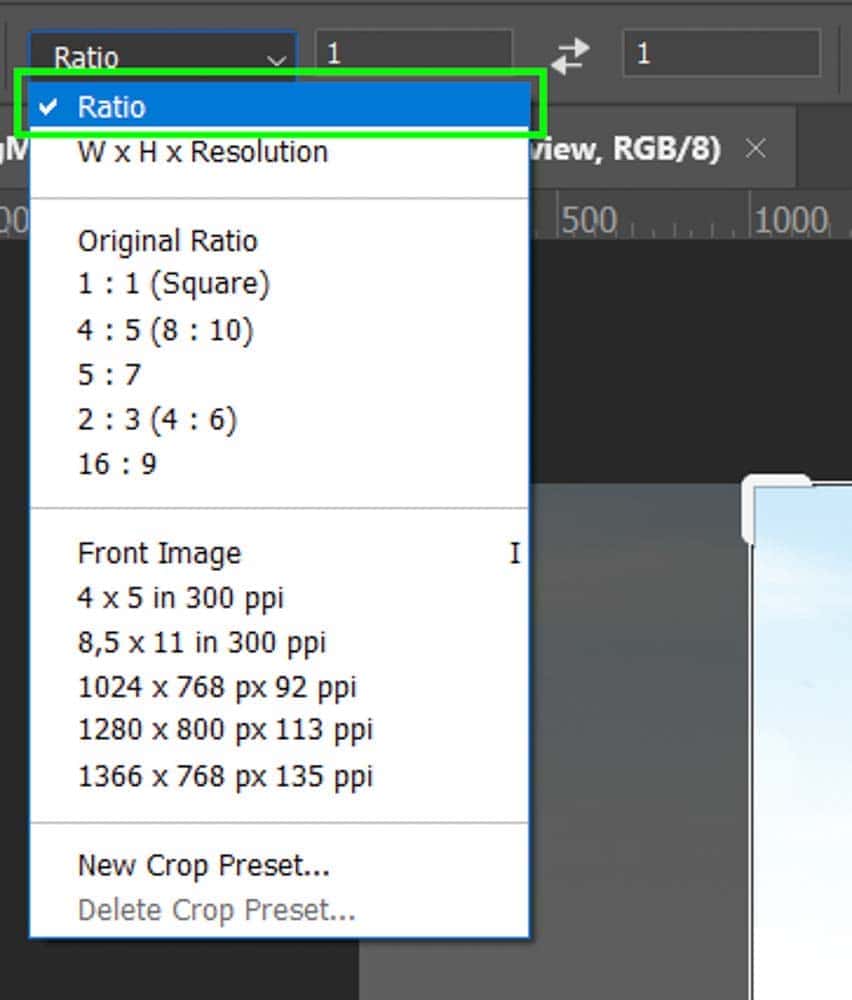

Both layers should be visible, but the top (old) layer should be somewhat transparent. Click on the first layer and then adjust the opacity to about 75% so the new layer is visible through it. Make each of the two layers visible by clicking the “eye” icon on the left of each layer in the Layers Palette. Make sure you are using the Selection Tool. You can also right-click on the new layer and rename it as you wish to help keep each layer straight.Ĥ. Then right-click on the new layer and click Simplify Layer. In the Layers palette, drag the new layer below the previous image. This will create a new layer that will show up in the Layers palette above the layer that consists of the previous image.ģ. With the previous image open in the Editor workspace, drag the next image into the Editor workspace from the project bin. Again, it is best to work with PSD’s at this stage.Ģ. Once I had the first image cut out, here are my notes for creating subsequent images to use in my morph sequence:ġ.ěring the next photo in the sequence into the PSE Project Bin (you can, of course, preload all of the photos you will use at the beginning).

Save the resulting image as a new TIFF file. The figure will have a feathered edge.ġ0. This will delete everything but the object you outlined. This will change the area selected from the figure you outlined, to everything other than the figure outlined (although it will not appear any different on screen).Ĩ.Ĝlick Select, and then click Feather. Once you are happy with the area selected, click Select (from the menu bar at the top), and then click Invert. Zoom in a close as necessary, choose an appropriate brush size and hardness (I like 50%) and either push the “marching ants” selection line out from the inside by simply moving the brush against it, or push it in from the outside by holding the ALT key down while you move the brush against the selection line.ħ. Select the Selection Brush tool to refine the selection. Once you are back to the start point of your outline, hit Enter to disengage the Magnetic Lasso tool.Ħ. Select the Magnetic Lasso tool and rough select the area you want to cut out by dragging the cursor (if you have a pen tablet, that is useful instead of the mouse) around the figure.

Open the photo in the Editor work space.ĥ. PSD file type, do so (this will allow multiple saves without any deterioration of resolution from save to save).Ĥ.

Of course, a cutout can be saved as any file format.Ģ.ěring the photo into the PSE Editor (either by clicking File>Open or simply by dragging the photo to the Project Bin).ģ. The purpose of my cut-outs was to create a morph sequence of my daughter's face with Fantamorph 4.0 using her school photos from Kindergarten to Grade 12, so I ultimately saved each cutout as a TIFF file to preserve the transparency and allow the morph sequence to be overlaid on a background in a video project. 2, 2009 post was helpful, I found quite a few differences between Photoshop and Photoshop Elements). I needed something that started at square one and took me through the process step-by step but couldn't find anything, so I figured it out myself (although Bill Hunt's Dec. These are my notes for cutting-out a object (in my case, a face) from a photo using Photoshop Elements (PSE) - I use Version 7 but no doubt these steps work for at least the last few versions, as well as Version 8.


 0 kommentar(er)
0 kommentar(er)
